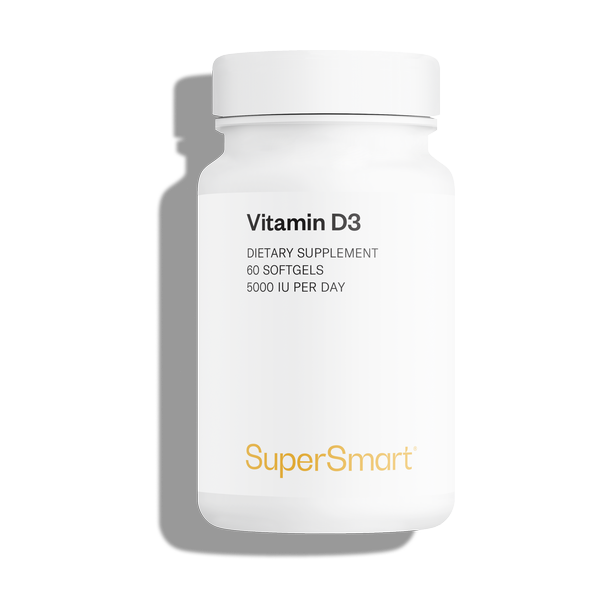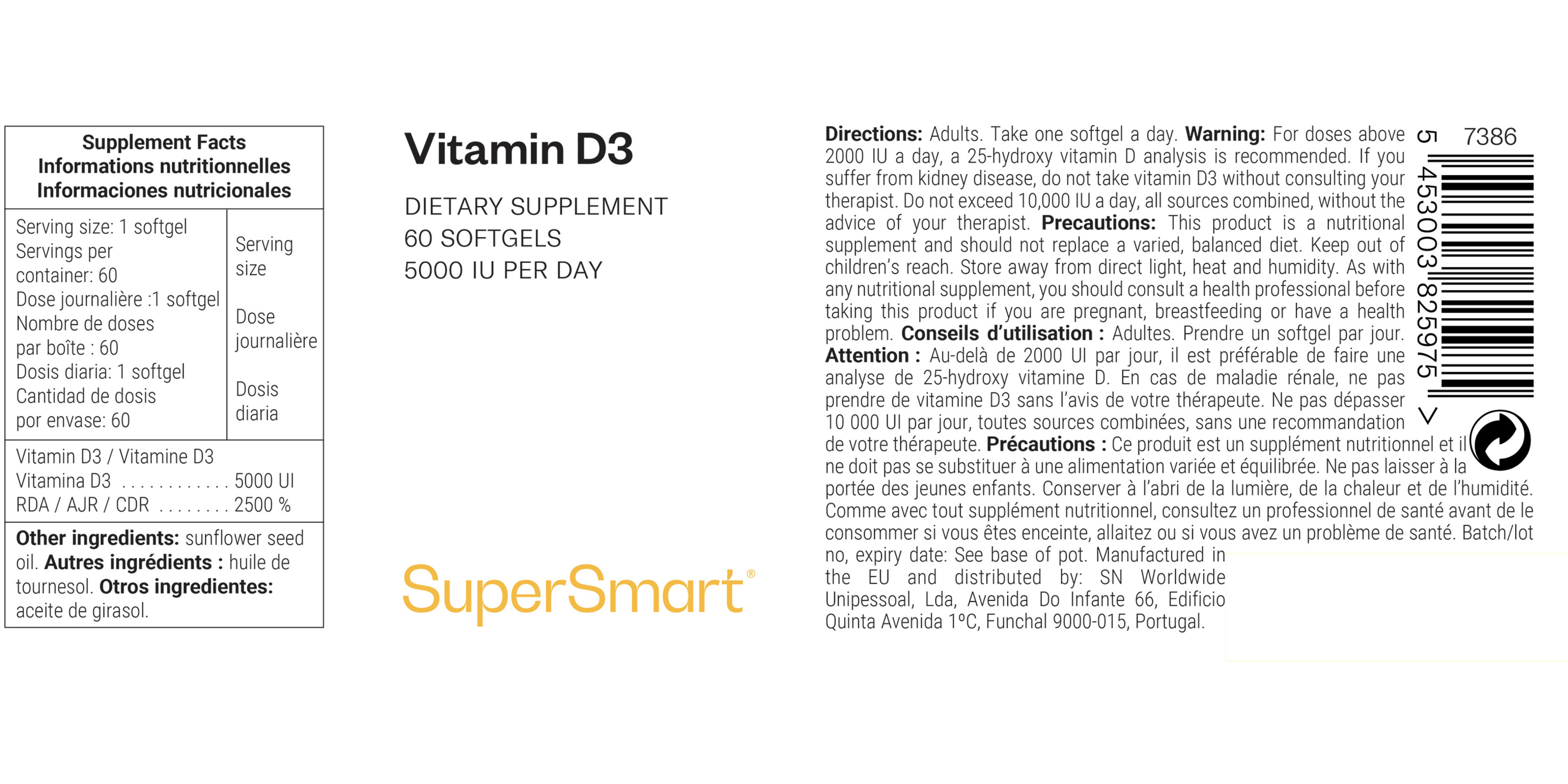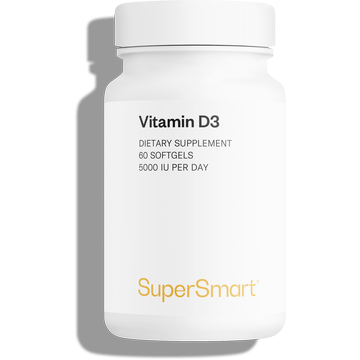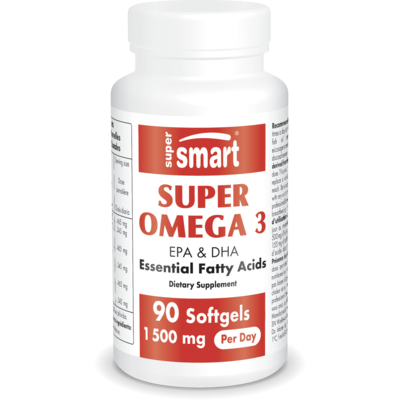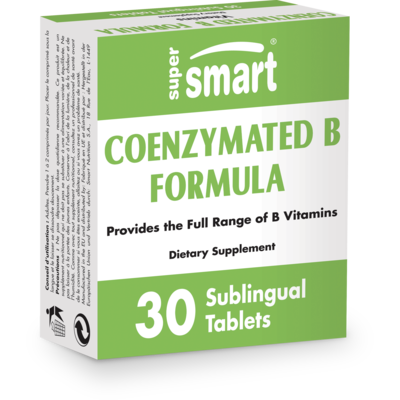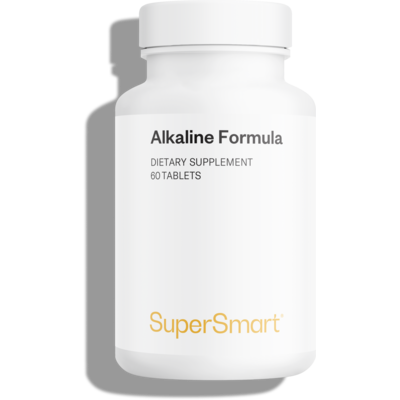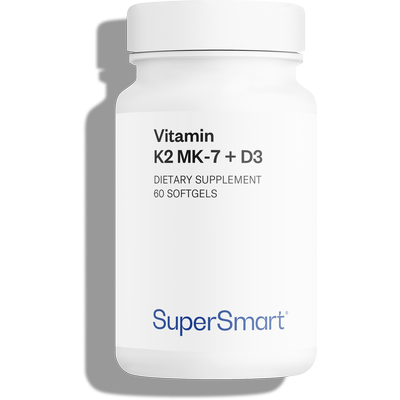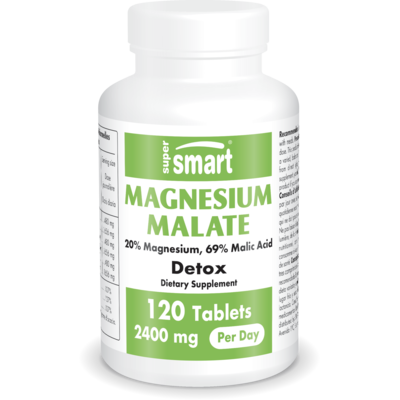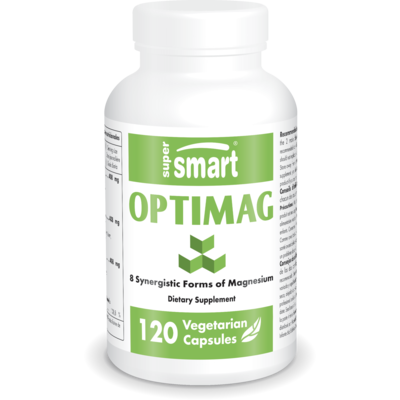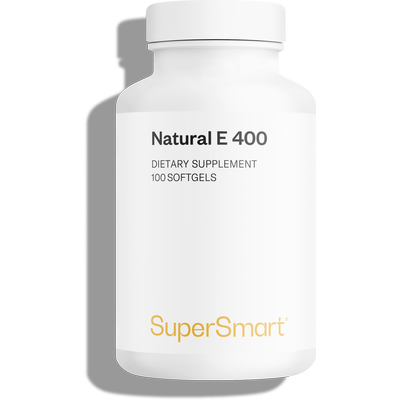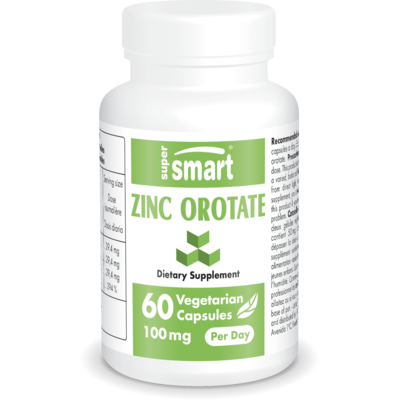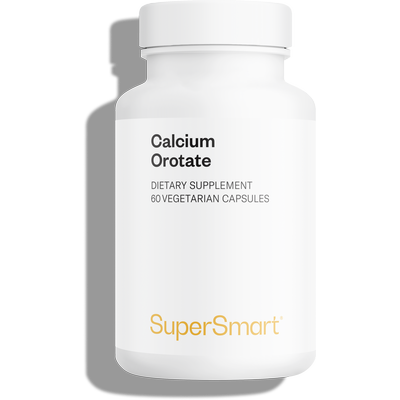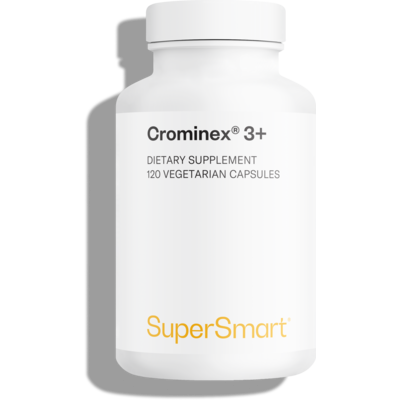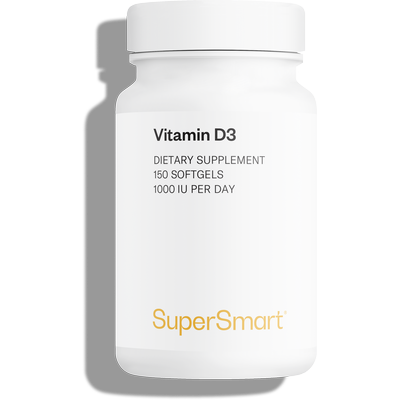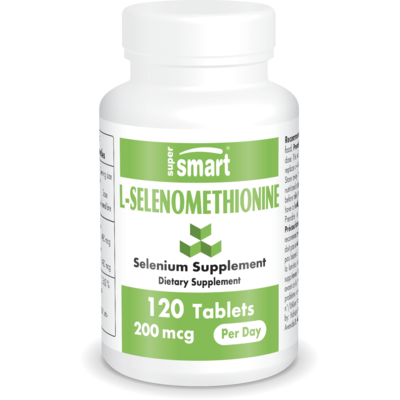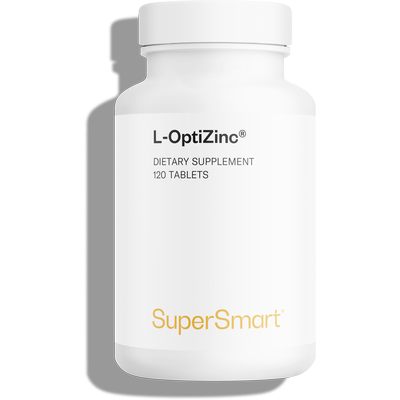Create Your Offer
Vitamin D3 5000 IU is an exceptional supplement containing 5000 IU of Vitamin D3, the most bioavailable form of Vitamin D, per softgel. It is enriched with sunflower oil to maximize absorption.
Regular supplementation with Vitamin D3 5000 IU produces a rapid increase in circulating levels of the vitamin, as confirmed by blood tests, and has a positive effect on cardiovascular, endocrine, and nervous systems, as well as immunity and cognitive health.
Who is Vitamin D3 5000 IU Aimed at?
What is Vitamin D3 5000 IU? And who needs it?
Studies show that during Fall and Winter – especially in the northern hemisphere – many people experience inadequate levels of Vitamin D. March sees Vitamin D levels reach their lowest point.
Vitamin D3 5000 IU is thus aimed at anyone living in France, Italy, Germany, Spain, the Netherlands, Portugal, Poland, the UK, Canada, and the United States throughout the Fall and Winter months.
Vitamin D is produced by the body on exposure of the skin to the sun’s ultraviolet rays (UVB).
However, in temperate regions of the Northern Hemisphere, the conditions are not conducive to this process because of the sun’s angle of elevation and the weather during certain seasons, as well as urban lifestyles: at this time of year, we tend to stay indoors and cover ourselves up too much to maintain adequate Vitamin D production. Peak production rapidly plummets from November onwards and reserves are quickly exhausted.
Vitamin D3 5000 IU can also be helpful in the Spring and Summer for some people, specifically:
- Those with dark skin who live at high or middle latitudes, because they need more sun than a fair-skinned person to produce the same amount of Vitamin D.
- Those who are not very mobile or who do not get much exposure to the sun.
- Those who are overweight, because Vitamin D produced from the sun’s rays is sequestered by the fatty layers under the skin.
- Those over 50, both due to getting less exposure to the sun and less efficient conversion of Vitamin D precursors into vitamin D in the superficial epithelial layers of the skin.
- Those suffering from bone conditions.
- Those with malabsorption problems and inflammatory bowel disease because this makes absorbing fats more difficult.
- Those following diets that exclude meat, fish, eggs, or products fortified with Vitamin D.
- Those living in areas of high pollution, as CO2 absorbs UV rays.
- Those who regularly use UVB-blocking sunscreens with an SPF above 15, as these can prevent up to 99% of UVB from penetrating the skin.
For all of these people, Vitamin D3 5000 IU is often the safest way of quickly increasing their levels of Vitamin D and maintaining them throughout the year.
What are the Effects of too Little Vitamin D?
Vitamin D is not really a vitamin; it should actually be thought of as a hormone.
It performs many functions in the body, the best-known of which are its key roles in the intestinal absorption and binding to bones of dietary calcium, in muscle function, in maintaining cognitive function, in supporting the immune system, and in tissue cell renewal.
The effects of a lack of Vitamin D may go unnoticed for years but in the long term, they can be serious: softening of bones (osteomalacia), bone pain, muscle weakness, joint pain (particularly in the wrists, ankles, and shoulders), migraines, increased risk of depression, insomnia, etc.
Conversely, optimal Vitamin D levels have numerous benefits for our health:
- Optimization of bone health.
- Improved cardiovascular health.
- Potential blood pressure regulation.
- Regulation of blood cholesterol levels.
- Support for muscle strength and balance.
- Inhibition of neurocognitive problems.
- Potential reduction in fibromyalgia pain.
What is the Optimal Intake for Vitamin D?
There is still debate about which Vitamin D blood levels produce benefits. The very latest evidence suggests that circulating levels in excess of 50 nmol/L, or even 75 nmol/L, may be optimal for overall health. Those below 30 nmol/L, on the other hand, are associated with adverse effects on health.
In 2010, more than 40 international scientists called for greater awareness among doctors of the importance of Vitamin D. They recommended that the entire Western population that was living at middle latitudes should supplement with 1000–2000 IU, especially from October to March.
There are very few sources of Vitamin D in the diet, which is why it is so easy to develop a deficiency. They are mainly restricted to animal-sourced fats, particularly those from oily fish and fortified foods, such as dairy products, and some vegetable oils and plant-based drinks.
What are the Benefits of Vitamin D3 5000 IU?
What makes our Vitamin D3 one of the best Vitamin D3 5000 supplements? Three things:
- It contains Vitamin D3, which is more effective than Vitamin D2. The two forms were long thought to be equivalent but recent studies have shown that is not the case.
- It offers a powerful serving of 5000 IU per supplement. It is designed to be taken every day (in which case it is best to check your 25-hydroxyvitamin D status), twice-weekly, or weekly. Several studies have confirmed supplementation with at least 1000 IU a day to be effective.
- It comes in the form of softgels and contains sunflower oil to maximize the absorption of the Vitamin D. Comparative studies have shown that this form is better absorbed than the dry form and that it produced a more significant increase in 25(OH)D levels.
Frequently Asked Questions About Vitamin D
Can excessive sun exposure help your body store Vitamin D?
No. Spending long periods in the sun will not increase the amount of Vitamin D levels in the body beyond a certain limit. Excessive exposure to the sun degrades pre-vitamin D3 – which is converted into D3 in the skin – and Vitamin D3 itself. Lengthy sun exposure over the summer will therefore not be enough to maintain adequate levels over the winter months.
Does aging reduce the ability to produce Vitamin D?
Those over 50 are still able to produce Vitamin D from the sun’s rays, but for several reasons, production is less effective, and levels of circulating Vitamin D tend to be lower.
What effects does Vitamin D have on cognition?
Research has demonstrated the presence of Vitamin D hormone receptors (VDRs) in neurons and glial cells in the hippocampus, hypothalamus, cortex, and subcortex, all areas of the brain involved in cognitive function. In binding to these receptors, Vitamin D triggers mechanisms which protect against the processes involved in neurocognitive problems. Vitamin D also exerts an antiatrophic effect by controlling the production of neurotrophic agents such as Nerve Growth Factor (NGF) and Glial cell line-Derived Neurotrophic Factor (GDNF). These properties may explain why low Vitamin D levels in older people could be associated with cognitive problems.
The cohort analysis InCHIANTI established a link between hypovitaminosis D and cognitive problems, and showed that elderly people lacking in Vitamin D (less than 25 nmol/L) had a significantly increased risk of overall cognitive decline compared to those with higher levels (greater than 75 nmol/L).
Potential Vitamin D3 5000 IU Side Effects
When taking any Vitamin D3 supplement, you should always perform your own research. Everyone is different, and being aware of the various side effects and benefits of Vitamin D3 5000 IU will help you make an informed decision on your diet.
In short, Vitamin D3 5000 IU side effects are incredibly minor, and these are among the safest supplements you can take. Most side effects associated with Vitamin D3 5000 IU capsules are associated with not knowing how to take Vitamin D3 5000 IU.
Do your own research, and if you have any underlying health conditions, speak to your doctor. Your doctor will be able to discuss the Vitamin D3 5000 benefits further and whether you should be aware of any adverse drug interactions.
For the vast majority of people, when they buy Vitamin D3 5000 IU, they will experience no side effects and enjoy all the benefits of taking Vitamin D3 5000 IU.
So, is 5000 IU of Vitamin D3 safe to take? As long as you follow instructions, yes.
WARNINGS
Do not exceed the recommended daily dose. This product is a nutritional supplement and should not be used as a substitute for a varied and balanced diet or a healthy lifestyle.
STORAGE
Store in a cool, dry place away from direct sunlight, heat, and humidity. Keep out of reach of children.
PREGNANCY AND MEDICAL CONDITIONS
If you are pregnant, breastfeeding, or have any medical conditions, consult your healthcare provider before using this product.
SUPPLEMENT INTERACTIONS
Consult your healthcare provider before use, especially if you are taking any medications or other supplements as there may be potential interactions.
Need Help?
Phone
+1 (786) 522-3907
From 9 am to 6 pm (EST)
You May Also Like

